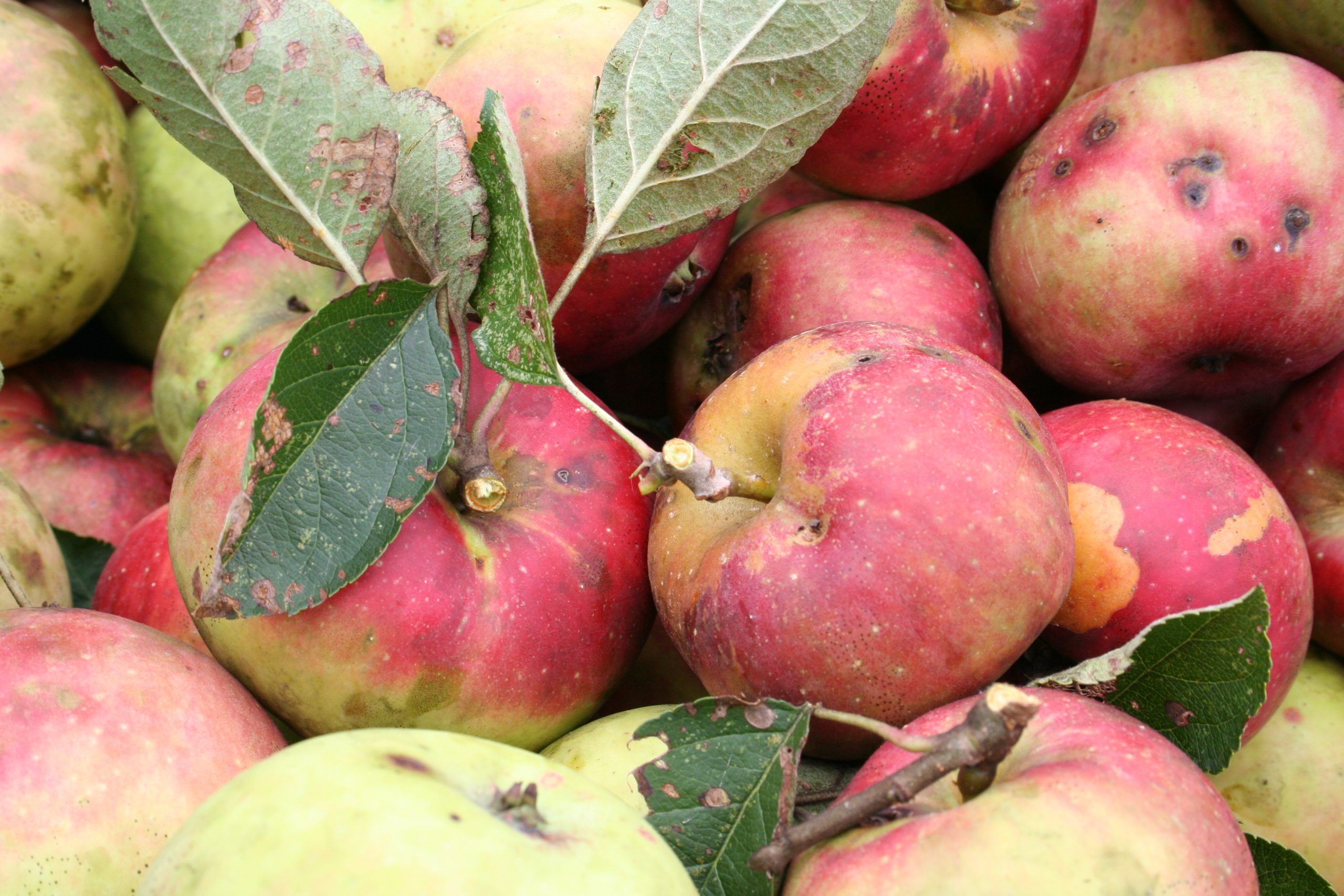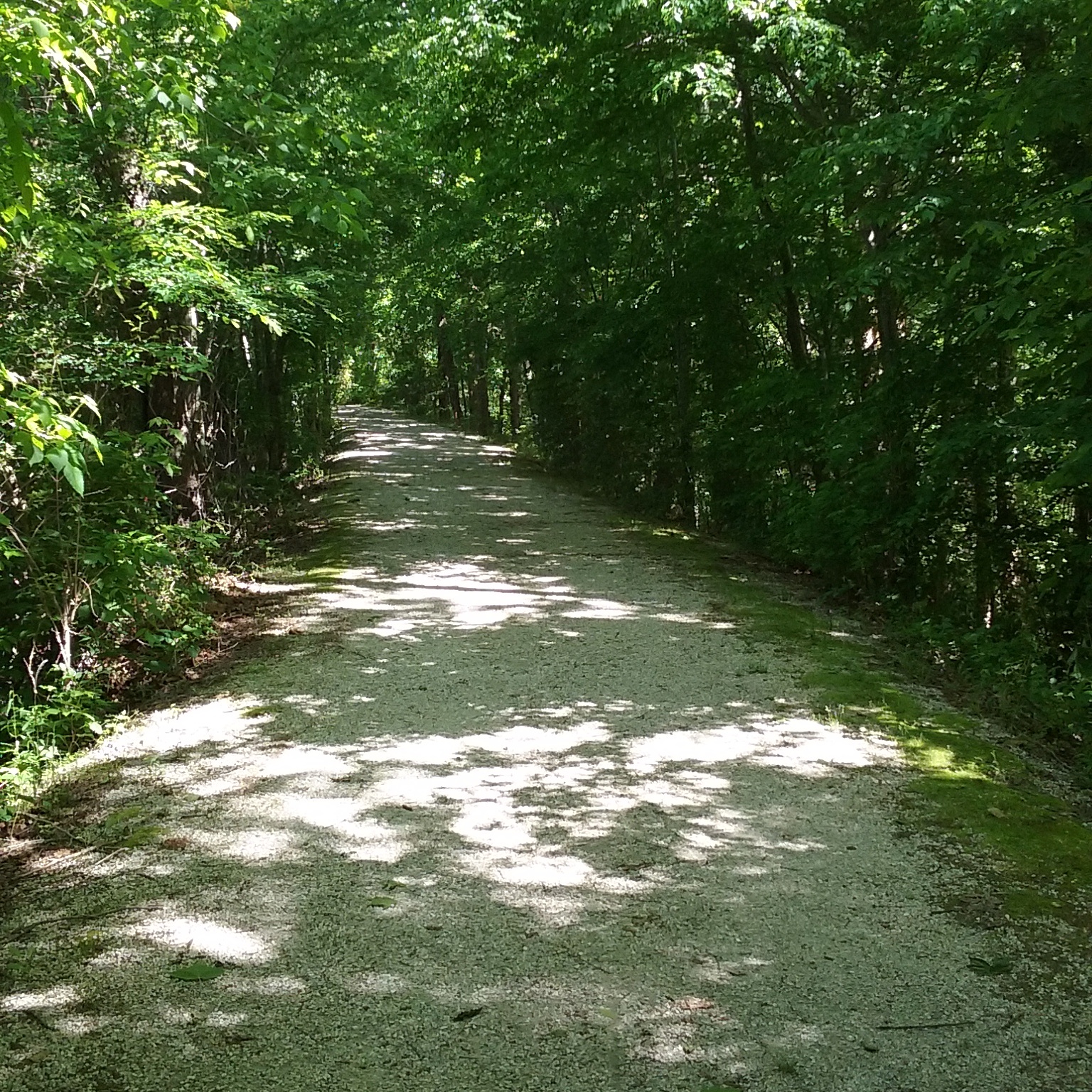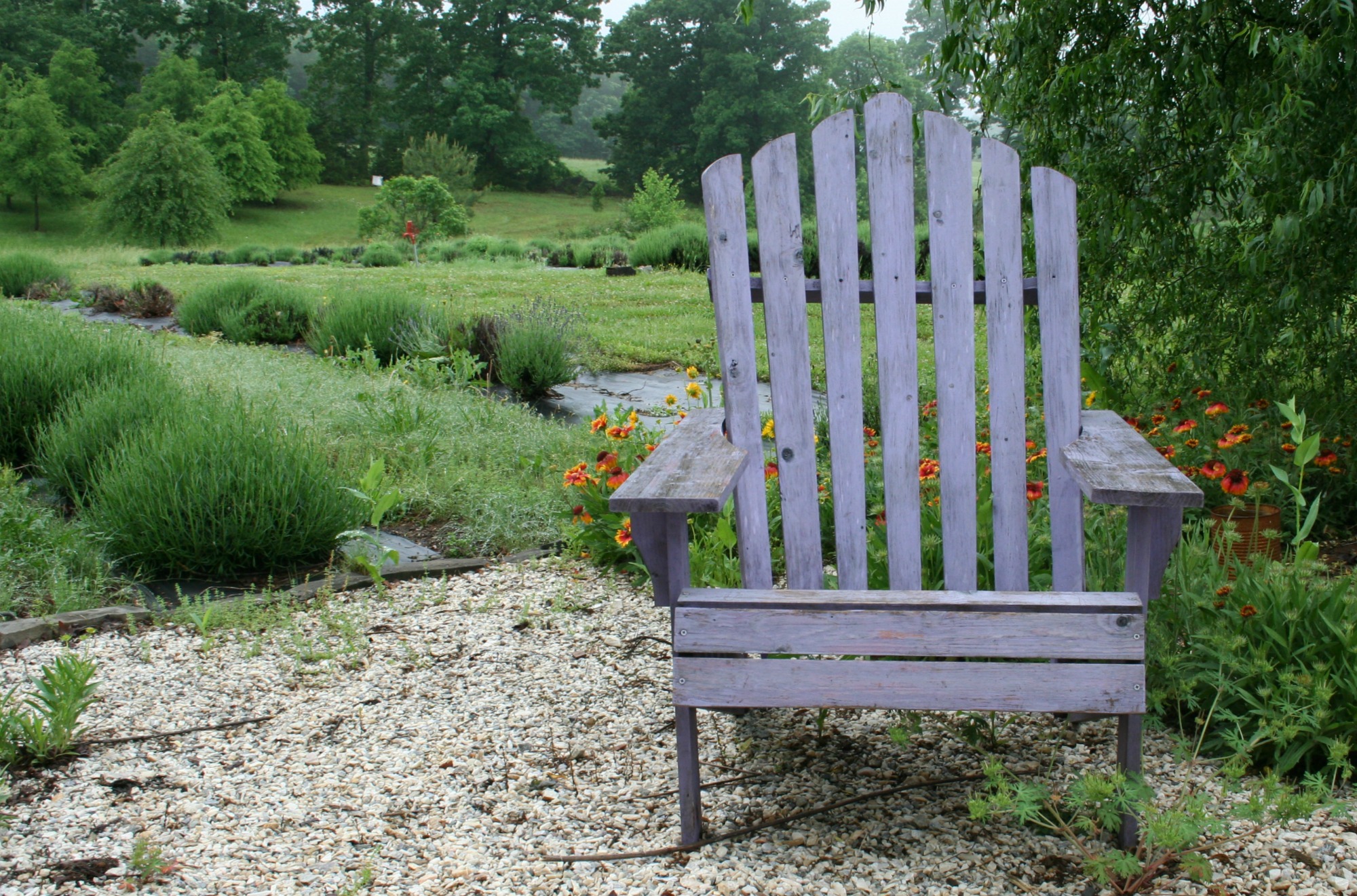
Pruning Away the Dead Wood
I stepped back, studying the lattice of branches arcing overhead. My husband stood across from me and a few feet away, studying the apple tree in our orchard.
“Here?” I asked, using the long-handled pruners to tap on the offending branch.
“That one,” he nodded.
It took every bit of strength in my upper arms to close the pruners over the thick branch, squeezing until it finally fell, crashing, to the orchard ground. My trapezius muscles ached, a deep, satisfying pain that meant we had finished pruning eight apple trees in one afternoon. A good day’s work for late winter.

We collected the branches, living and dead wood, that we trimmed away, tossing it into piles on the edge of the woods where time and nature would return it to the soil. Meanwhile, I surveyed our work.
We planted the orchard the first spring after we moved into our dream farm. The seventeen acres in Virginia’s rolling piedmont seemed like heaven after the crowded canyons of office buildings and honking horns in lower Manhattan where I had toiled away at a marketing job that no longer thrilled me. Now we labored in a different jungle, coaxing thick red Virginia clay to sustain apple, peach, and other fruit trees while I swung through the internet’s trees seeking writing work.

I thought of the life I had left and the phrase, “Pruning away the dead wood” while we carted branches into the woods and dodged curious farm cats twining between our legs.
When I first learned how to prune fruit trees, I snipped delicately, tentatively. Too afraid to honestly cut away the dead and unproductive branches, my trees suffered. They bore less fruit, and the fruit they did bear was smaller, harder, bitter.
One crisp autumn day, I learned the value of drastic pruning from an old farmer high up in the Blue Ridge Mountains. Mr. Al farmed several acres of apple and peach trees on an old family farm high up in the Blue Ridge. He had the upright posture of a longtime farmer, the wiry strength of one who traversed the hilly terrain of the valley for over 86 years. We stopped at his farmstand after hiking the nearby trails and admired the bins of Jonathan, Golden Delicious, and deep ruby-colored heirloom apples.
His trees marched in neat, straight rows, the branches like ladder rungs a child might climb. He stood next to me, studying my admiring gaze. I turned to him.
After exchanging pleasantries, I asked, “How do you get your trees to produce so much beautiful fruit? Do you fertilize them?”
“Sometimes,” he said. Then he spoke the magic words. “It’s all in the pruning.”
“The pruning?”
“Prune hard in winter, gather the fruit in the fall,” he said gruffly.
He told me more, of course, about how to grow beautiful apples and peaches, and I hope my trees bear the evidence of his field lesson that autumn day.
Often, we are like gardeners contemplating their first foray into pruning fruit trees: we hesitate when it comes to pruning away the deadness in our lives to let the living parts flourish.
People everywhere mock Marie Kondo’s “Does this spark joy?” phrase, but joy signals vitality. To experience joy is to experience the fresh green sap running through our lives, bringing nourishment to our cells the way xylem and phloem course through the pith and cambium of my apple trees.
Pruning parts of our lives that don’t fit, that are dead or don’t work well should be easy, but it’s not. It’s difficult to step back the way we step away from our apple trees and study them to see the dead wood. We’re too close. We are like the apple tree itself trying to decide which branches go and which stay.

Sometimes, nature determines which branches go. The wind knocks dead limbs off during a heavy thunderstorm; insects weaken a trunk. Then it is too late to make changes. Nature forces change.
Our lives can be like that too when nature forces change. A man diagnosed with metabolic syndrome takes up running to avoid diabetes; nature forces him to change and drop 50 pounds before he ends up dependent upon medication for life. An alcoholic spouse forces a broken marriage apart. A dead-end job leaves us sick and depleted, and we know it is our money or our lives, and we choose to live.
My trees rarely demonstrate such clear-cut examples. The apple trees, for instance, waved healthy branches against the blue February sky. What to prune, what to keep? It is then that the field lessons from old Mr. Al, the books I’ve read and my experience combine to help me choose this one, not that one, and shape the trees, so they too look like the ancient specimens in Mr. Al’s orchard. Neat branches, like rungs on a ladder, beckoning a child to climb to the top to filch sweet, crisp apples.
The only way to determine which branches must be pruned and which remain is to step back and away from the tree. It is then we can see the water sprouts. These are branches growing straight to the sky from a horizontal limb. They crowd the central canopy, making it difficult for sunlight to kiss fruit close to the trunk and sweeten it with ripeness. One must be ruthless with these upstarts, the ones that completely close out the light.
In our lives, we must be ruthless too with old habits that completely close out the light. Addictions, which close off health, light, and love, and cut us off from family and friends, must be cut away as ruthlessly as I snip off those upstart branches.
Small branches, little side shoots, must also be pruned. When one prunes these away from the main branch, more energy flows to the larger, more productive branches.
How many small habits, little vices, do we nurture, which sap our energy, time and attention? If we cut our television watching, would we have time to write the novel we dreamed of writing, finish the quilt that sits on its frame or paint the landscape we imagine?
As I wander through the orchard today, examining the handiwork of yesterday, it is surprising to see how the underlying beauty of the form, the shape, of the apple tree is revealed with heavy pruning. It’s as if the beautiful framework was there, all along, waiting to be revealed.
I muse over the many areas of my life demanding pruning. My social media addiction. The little bits of candy I eat throughout the day that slow my weight loss efforts — the time I have spent daydreaming when I could be writing.
Yes, it’s time for winter pruning.
By our fruit, we shall be known.
Is it time for you to prune in your orchard, too?



